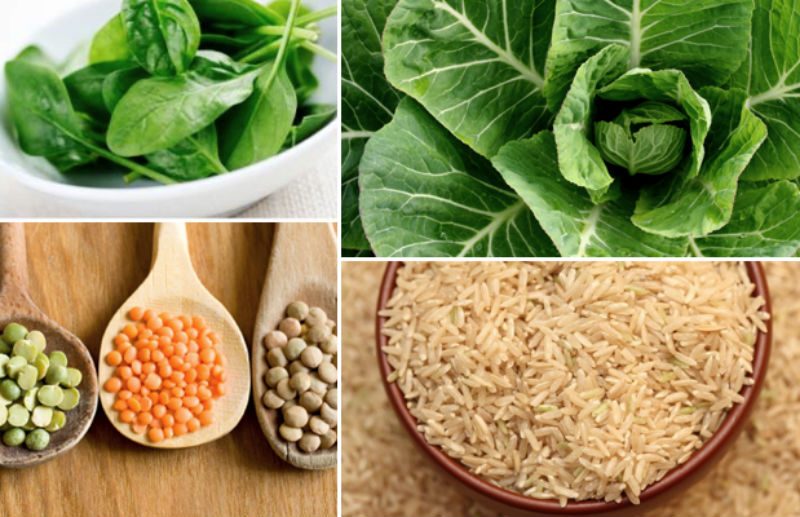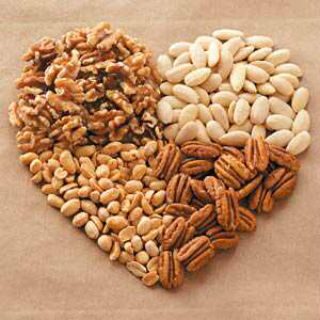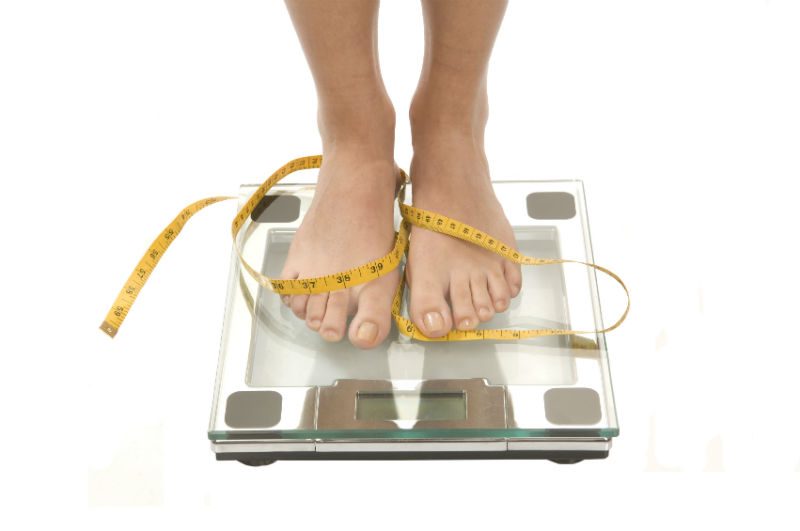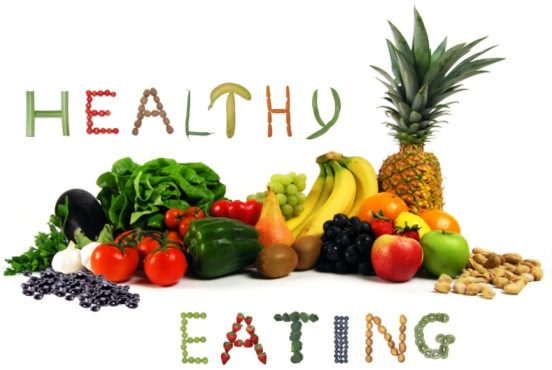Obesity is preventable!
What factors contribute to obesity?
The obesity epidemic covered on TV and in the newspapers did not occur overnight. Obesity and overweight are chronic conditions. Overall there are a variety of factors that play a role in obesity. This makes it a complex health issue to address.
Overweight and Obesity:
- Overweight and obesity result from an energy imbalance. This involves eating too many calories and not getting enough physical activity.
- Body weight is the result of genes, metabolism, behavior, environment, culture, and socioeconomic status.
- Behaviour and environment play a large role causing people to be overweight and obese. These are the greatest areas for prevention and treatment actions.
Overweight and obesity are a result of energy imbalance over a long period of time. The cause of energy imbalance for each individual may be due to a combination of several factors. Individual behaviours, environmental factors, and genetics all contribute to the complexity of the obesity epidemic.
Energy imbalance – When the number of calories consumed is not equal to the number of calories used. Energy Balance is like a scale. When calories consumed are greater than calories used weight gain results.
Weight Gain: Calories Consumed > Calories Used
Weight Loss: Calories Consumed < Calories Used No
Weight Change: Calories Consumed = Calories Used
Despite obesity having strong genetic determinants, the genetic composition of the population does not change rapidly. Therefore, the large increase in . . . [obesity] must reflect major changes in non-genetic factors.
Genetics and the environment may increase the risk of personal weight gain. However, the choices a person makes in eating and physical activity also contributes to overweight and obesity. Behaviour can increase a person’s risk for gaining weight.
Looking back at the energy balance scale, weight gain is a result of extra calorie consumption, decreasing calories used (physical activity) or both. Personal choices concerning calorie consumption and physical activity can lead to energy imbalance.
 Calorie Consumption
Calorie Consumption
A changing environment has broadened food options and eating habits. Grocery stores stock their shelves with a greater selection of products. Pre-packaged foods, fast food restaurants, and soft drinks are also more accessible. While such foods are fast and convenient they also tend to be high in fat, sugar, and calories. Choosing many foods from these areas may contribute to an excessive calorie intake. Some foods are marketed as healthy, low fat, or fat-free, but may contain more calories than the fat containing food they are designed to replace. It is important to read food labels for nutritional information and to eat in moderation.
Portion size has also increased. People may be eating more during a meal or snack because of larger portion sizes. This results in increased calorie consumption. If the body does not burn off the extra calories consumed from larger portions, fast food, or soft drinks, weight gain can occur.
Choosing a variety of healthy foods in the correct portion sizes is helpful for achieving and maintaining a healthy weight.
Calories Used
Our bodies need calories for daily functions such as breathing, digestion, and daily activities. Weight gain occurs when calories consumed exceed this need. Physical activity plays a key role in energy balance because it uses up calories consumed.
Physical activity is any bodily movement produced by skeletal muscles that results in an expenditure of energy with a range of activities such as
- Occupational work
Carpentry, construction work, waiting tables, farming - Household chores
Washing floors or windows, gardening or yard work - Leisure time activities
Walking, skating, biking, swimming, playing Frisbee, dancing Structured sports or exercise Softball, tennis, football, aerobics
Regular physical activity is good for overall health. Physical activity decreases the risk for colon cancer, diabetes, and high blood pressure. It also helps to control weight, contributes to healthy bones, muscles, and joints; reduces falls among the elderly; and helps to relieve the pain of arthritis. Physical activity does not have to be strenuous to be beneficial. Moderate physical activity, such as 60 minutes of brisk walking five or more times a week, also has health benefits.
Despite all the benefits of being physically active, most people are sedentary. Technology has created many time and labour saving products. Some examples include cars, elevators, computers, dishwashers, and televisions. Cars are used to run short distance errands instead of people walking or riding a bicycle. As a result, these recent lifestyle changes have reduced the overall amount of energy expended in our daily lives. According to the Behavioural Risk Factor Surveillance System, in 2000 more than 26% of adults reported no leisure time physical activity.
The belief that physical activity is limited to exercise or sports, may keep people from being active. Another myth is that physical activity must be vigorous to achieve health benefits. Physical activity is any bodily movement that results in an expenditure of energy. Moderate-intensity activities such as household chores, gardening, and walking can also provide health benefits. Confidence in one’s ability to be active will help people make choices to adopt a physically active lifestyle.
 Environment
Environment
People may make decisions based on their environment or community. For example, a person may choose not to walk to the store or work because of a lack of sidewalks. Communities, homes, and workplaces each shape health decisions. With fewer options for physical activity and healthy eating, it becomes more difficult for people to make good choices. The Surgeon General’s Call to action to Prevent and Decrease Overweight and Obesity 2000 identified action steps to prevent and decrease obesity and overweight. Below is a listing related to possible environmental factors.
Genetics
How do genes affect obesity?
Science shows that genetics plays a role in obesity. Genes can directly cause obesity in disorders such as Bardet-Biedl syndrome and Prader-Willi syndrome.
However genes do not always predict future health. Genes and behavior may both be needed for a person to be overweight. In some cases multiple genes may increase one’s susceptibility for obesity and require outside factors; such as abundant food supply or little physical activity.
Other Factors
Diseases and Drugs
Some illnesses may lead to obesity or weight gain. These may include Cushing’s disease, and polycystic ovary syndrome. Drugs such as steroids and some antidepressants may also cause weight gain.
A doctor is the best source to tell you whether illnesses, medications, or psychological factors are contributing to weight gain or making weight loss hard.
 Question
Question
What are some whole grain meal options that are healthy and tasty? All my life I have chosen to eat white bread and normal white pasta over the whole grain options. My partner always talks about the nutritional benefits of whole grains but I always had the idea that they doesn’t taste as good. Does anyone have any suggestions for healthy and yummy meals made with whole grains?
Answer
Make at least half the grains in your diet whole grains. Whole-grain versions of rice, bread, cereal, flour and pasta can be found at most grocery stores. Many whole-grain foods come ready to eat. These include a variety of breads, pastas and cereals.
Examples of whole grains include:
- Barley
- Brown rice
- Buckwheat
- Bulgur (cracked wheat)
- Millet
- Oatmeal
- Popcorn
- Whole-wheat bread, pasta or crackers
- Wild rice
It’s not always easy to tell what kind of grains a product has, especially bread. For instance, a brown bread isn’t necessarily whole wheat — the colour may come from added coloring. If you’re not sure something has whole grains, check the product label or the Nutrition Facts panel. Look for the word “whole” on the package, and make sure whole grains appear among the first items in the ingredient list.
Try these tips to add more whole grains to your meals and snacks:
- Enjoy breakfasts that include whole-grain cereals, such as whole-wheat bran flakes (some bran flakes may just have the bran, not the whole grain), shredded wheat or oatmeal.
- Substitute whole-wheat toast or whole-grain bagels for plain bagels. Substitute low-fat muffins made with whole-grain cereals, such as oatmeal or others, for pastries.
- Make sandwiches using whole-grain breads or rolls. Swap out white-flour tortillas with whole-wheat versions.
- Replace white rice with kasha, brown rice, wild rice or bulgur.
- Feature wild rice or barley in soups, stews, casseroles and salads.
- Add whole grains, such as cooked brown rice or whole-grain bread crumbs, to ground meat or poultry for extra body.
- Use rolled oats or crushed whole-wheat bran cereal in recipes instead of dry bread crumbs.
Eating a variety of whole grains not only ensures that you get more health-promoting nutrients but also helps make your meals and snacks more interesting.
 What is the difference between Glycaemic Index (GI) and Glycaemic Load (GL)?
What is the difference between Glycaemic Index (GI) and Glycaemic Load (GL)?
Many people are confused about the difference between GI and GL.
Glycaemic Load is a ranking system for carbohydrate-rich food that measures the amount of carbohydrates in a serving of food.
Foods with a glycaemic load (GL) under 10 are considered low-GL foods and have little impact on your blood sugar; between 10 and 20 moderate-GL foods with moderate impact on blood sugar, and above 20 high-GL foods that tend to cause blood sugar spikes.
The Glycaemic Index indicates how rapidly a carbohydrate is digested and released as glucose (sugar) into the blood stream. In other words, how quickly foods break down into sugar in your bloodstream. A food with a high GI raises blood sugar more than a food with a medium to low GI.
But the glycaemic index does not take into account the amount of carbohydrate in a food. So glycaemic load is a better indicator of how a carbohydrate food will affect blood sugar.
If a food has a high glycaemic index and a low glycaemic load — like graham crackers have a GI of 74 and a GL of 8.1 — how will that affect your blood sugar?
Food ranked high on the GI may represent a huge portion of a food because GI is not based on standard serving sizes. Basically, if a food is ranked high on the glycaemic index it has readily available carbohydrate for quick absorption. However, the same food can have a low glycaemic load because there may not actually be much total carbohydrate in a given serving of that food. A low GL is the better indicator that a food won’t have much impact on blood glucose levels.
Here are two examples: Watermelon has a high GI of 72, yet a low GL of 7.21. The high GI is based on 5 cups of watermelon, not an actual serving size of 1 cup. The low GL means one serving of watermelon doesn’t contain much carbohydrate, because it is actually mostly water. The low GL indicates that a serving of watermelon won’t have much impact on your blood sugar.
Carrots are another example of a low GL food that many people think will raise their blood sugar a lot — but it’s not true. That’s because carrots have a high GI of 71. However, what most people don’t know, is that the GL for carrots is only 6. Therefore, unless you’re going to eat ¾ kg of carrots in one sitting, an average serving of carrots will have very little impact on blood glucose levels. That said, juicing carrots — which means consuming more carrots at once — will have a greater impact on blood glucose.
How can knowing the glycaemic load and glycaemic index of foods be used to make healthier eating choices?
Everyone can benefit by eating a balanced diet of protein and fat, and foods that are lower on the GL and GI index. Foods with a lower GL and GI typically are high in fiber and nutrients and sustain your energy better throughout the day.
Also, knowing the GL of a food is a better indicator of whether that food will cause your blood sugar to spike. When your blood sugar spikes, the body releases extra insulin to bring down your blood sugar. If your body is asked to release extra insulin on a regular basis, it begins to lead to insulin resistance for many people and diabetes — especially if diabetes is in your family.
Can knowing the glycaemic load of foods help people lose weight?
Yes. Consuming low GL and GI foods keeps us satiated longer because these foods are more slowly broken down for glucose utilization. The result is that you feel fuller for longer. When you consume high GL and GI foods, blood sugar levels spike which causes a short-term feeling of fullness, but then blood sugars plummet which causes you to crave food again and you ultimately end up consuming excess calories, which contributes to weight gain.
How seriously should we take all this?
Some evidence suggests GL and GI diets can benefit overall health — especially for people with diabetes, although, more conclusive research is needed to know for sure.
People who favour these rankings feel that GL and GI diets can help in the treatment and prevention of chronic diseases. Detractors note that selecting foods only by using GL and GI could cause people to choose bacon rinds over watermelon. I think we each have to decide for ourselves.
 What is a good gym workout for weight loss? I’m a female hoping to lose approximately 12 kgs and would like to know if there is a recommended gym workout that be beneficial to my goal.
What is a good gym workout for weight loss? I’m a female hoping to lose approximately 12 kgs and would like to know if there is a recommended gym workout that be beneficial to my goal.
I currently do a standard workout of 5 x cross trainer, Leg Press (Level 6) – 5 x 10 reps, Chest Press (Level 4) – 5 x 10 reps, Leg Curl (Level 6) – 5 x 10 reps, Cable Row (Level 4) – 5 x 10 reps, Ab Crunch (Level 5) 5 x 10 reps, Abductor Machine (Level 6) – 5 x 10 reps, Lat Pull Down (Level 4/5) – 5 x 10 reps, Bicep/Tricep Press (Level 5) – 5 x 10 reps, Treadmill – 15 minutes brisk walk/run intervals (4 mins brisk walk & 1 min run).
I currently workout 6 times per week but am not seeing any results. My body is becoming more toned but I actually want to lose mass and tone, rather than gain muscle and mass. Any pointers would be incredibly helpful!
I must congratulate you on being so disciplined – you are doing so well. You now have to show self restraint with your eating and making alterations in your workout.
To lose more mass you must watch your food intake. Weight loss is 80% food consumption. Select your food very carefully and keep your portions small. You can look at my website and it has sample menus that you might try to guide you in what you should be eating (www.arlenesway.com.au) or you should go and see an Accredited Practising Dietitian.
In addition to trim down I would increase the cardio in your workout. Keep up the treadmill, and also include about 20 minutes on the bike and 20 minutes on the cross trainer as these are really affective calorie burner. I suggest you do an hour of cardio daily and with the reduction in calories you will find the kilos start to fall off. Attending boot camps is also motivational as you can enjoy working in a group. Running, cycling or walking are both emotionally therapeutic and good calorie burners.
I am confident with your control you will be successful in attaining your goal!
What are common foods with gluten?
Gluten hides in a lot of very common foods in the Standard American Diet. In addition to avoiding the gluten containing grains like wheat, spelt, rye, barley, farro, kamut and semolina, you also need to watch out for the hidden gluten in many processed foods.
Avoiding wheat can be especially hard because this means you should avoid all wheat-based flours and ingredients. These include but are not limited to: White Flour, Whole Wheat Flour, Durum Wheat, Graham Flour, Triticale, Kamut, Semolina, Spelt, Wheat Germ, Wheat Bran. Common foods that are usually made with wheat include: Pasta, Couscous, Bread, Flour, Tortillas, Cookies, Cakes, Muffins, Pastries, Cereal, Crackers, Beer, Oats, Gravy, Dressings, Sauces.
This may seem like a long list, but there are still plenty of gluten-free foods out there! Choose from many fresh, healthy foods like fruits, vegetables, beans, dairy, nuts and gluten-free grains like quinoa or rice. There are also gluten-free versions of many of the foods above available in most grocery stores. You just have to look for them! Gluten Surprises you when may not expect it, but the following foods can also contain gluten: broth in soups and bouillon cubes, breadcrumbs and croutons, some lollies, fried foods, imitation fish, some lunch meats, and hot dogs, malt, matzo, modified food, starch another name for carbohydrate, one of the three main nutrients in food, seasoned chips and other seasoned snack foods, salad dressings, self-basting turkey soy sauce, seasoned rice and pasta mixes.
There are also many addititves and ingredients in packaged foods that may contain gluten. Always check labels and ingredient lists for these. For a more comprehensive list of gluten-containing additives, contact your local coeliac support group. Other Tips to Remember: Don’t forget that ingredients in food products change frequently, so always check the label before buying packaged foods. Remember that “wheat-free” does not automatically mean “gluten-free.” While a product may not contain wheat, it can still contain rye or barley in some form. If you have any question about whether a food contains gluten, contact the manufacturer directly.
